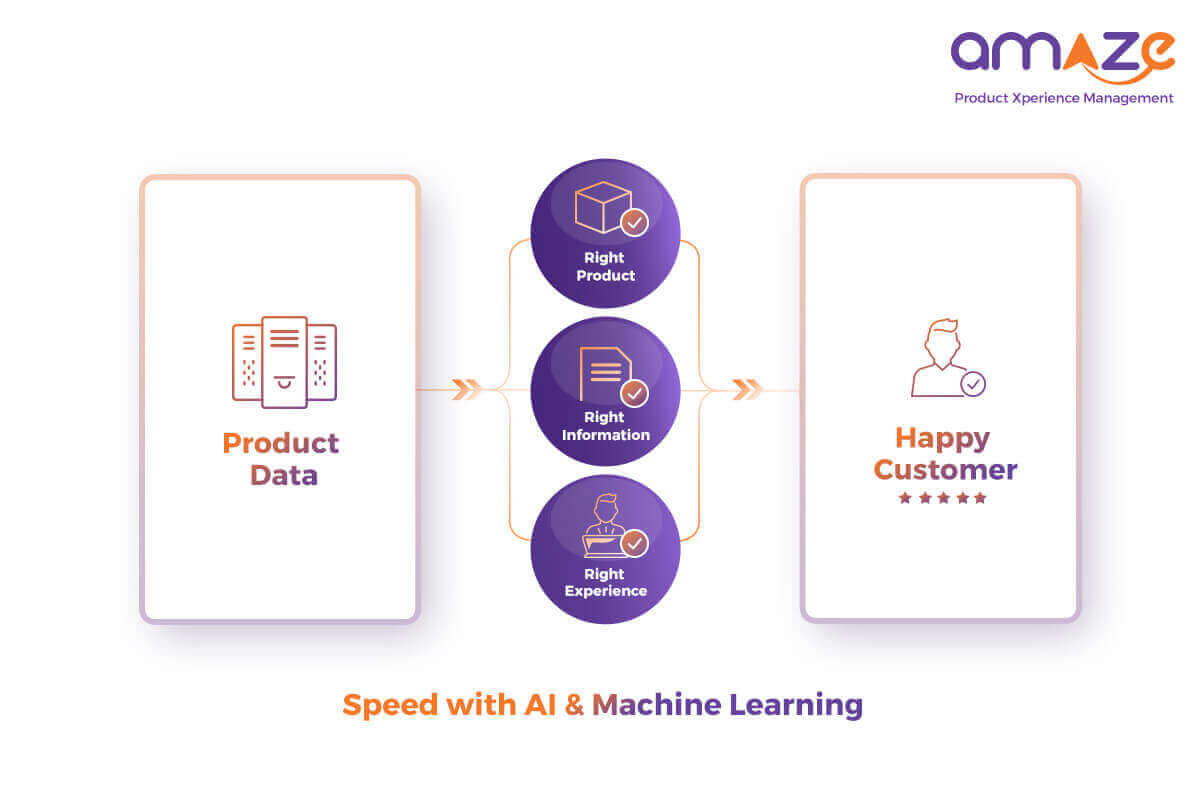
Thank you!
Thank you for subscribing. Monthly newsletter will be emailed to your registered email ID.
What is Product Experience Management? The Ambiguity Ends here!
With terms such as PIM, PXM and CXM doing the rounds in eCommerce conversations, it’s easy to muddle up these concepts and think of them interchangeably. The fact of the matter is that each one of these practices has very specific functions in eCommerce and, if leveraged effectively, can and do play a major role in increasing market share.
To cut to the chase, let’s first understand what Product Experience Management (or PXM) is all about.
With digital technology and eCommerce undeniably snowballing into a force to reckon with, shoppers are evolving too. This evolution has empowered shoppers to seek niche products they are looking for, and likewise, they are looking for tailor-made online experiences to fulfill their expectations. They click away from shopping sites if they have unanswered questions, and there is really no limit to the extent of information they might require to make a purchase.
Businesses, on the other hand, find themselves sitting on huge repositories of product data with their worth in gold. That being said, this data is nothing more than untapped potential if not adapted to fit customer demands.
PXM is the art and science of taking everything you know about your products (product data) and customers and leverage it to deliver a personalized, customer-centric experience across multiple channels. It gives you centralized control over product data and applies technology backed by AI and machine learning techniques. This helps you provide relevant, contextual, and engaging experiences to customers at the right place, and the right time leading to increased revenue and market share.

In the context of customer experience management (CXM), the best way to think of PXM is as a subset and agency of the former. Customer experience is the customer’s perception of a brand fed by his/her interactions in the customer life cycle. Customer experience is culmination of a number of factors (such as user interface design, product quality, fulfillment etc.) and product experience is one of them. PXM is product and product data centric, and is designed to provide unique product experiences that establish an emotional link with customers. In short, CXM creates customer-brand affiliations, PXM creates customer-product affiliations.
Product Information Management (PIM), on the other hand, creates a consolidated record of product information. It helps businesses do away with information silos by creating a centralized and universal access point to information for all stakeholders. PIM applications with consistent and complete information are central to modern-day customer journeys, however, PIM is the foundation of a much larger construct. Add PXM to the mix and you have a winning combination. PXM helps take this information and deliver it to the appropriate channel in a personalized fashion.
As the customer lifecycle progresses, the relevance of product experience management increases exponentially. In the above scenario, a well-rounded intuitive search result needs to be backed up by complete and relevant information that does justice to your product. While one product may require a ‘how to’ video, another one would be better served by a structural diagram. The art and science of PXM lies in knowing how to leverage product data and digital assets in a way that serves the customer best.
With customer expectations only going up, it’s not about whether you need PXM or not; it’s about when. And the answer is simple: now! Whether you’re looking for upselling and cross-selling opportunities, personalized interactions, or optimizing revenue, the solution is the same. With a better understanding of your product data and how it fits your customer’s purchase journey, PXM helps you drive sales, consolidate loyalty, and ensure unforgettable customer experiences.
Here are a few other reasons why PXM can be a game-changer for your business:
With the right PXM platform , your business can deliver excellent product experience journeys across channels in the eCommerce ecosystem. The result: a larger market share and a happy customer that keeps coming back.